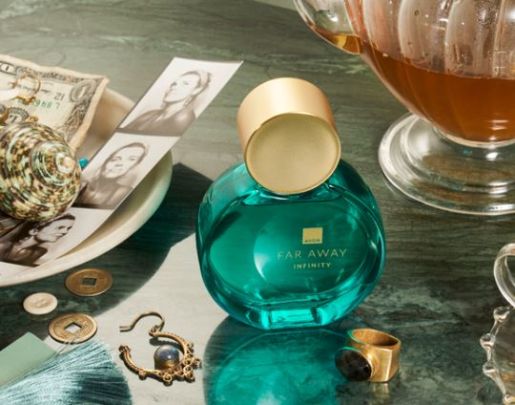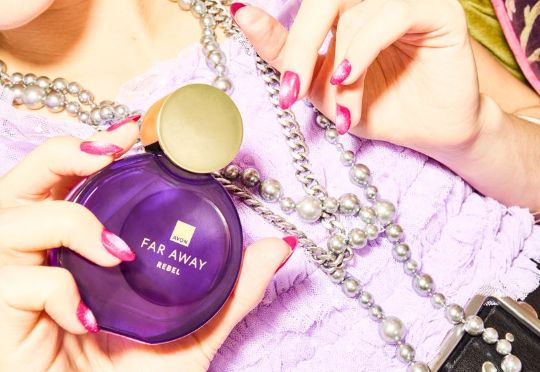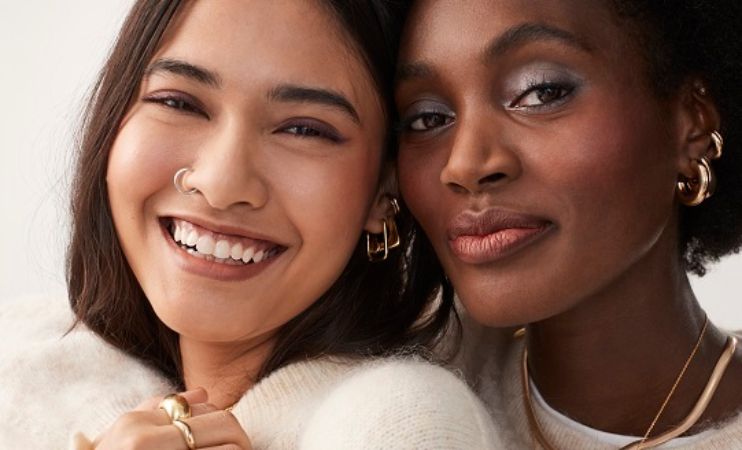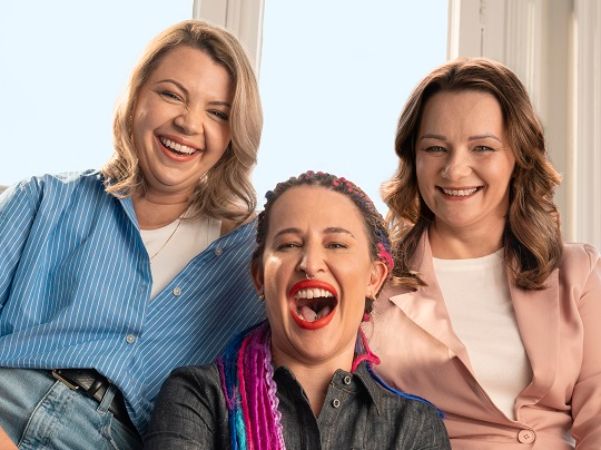The Future of Beauty
In this year's annual edition of our Future of Beauty we highlight the cultural, economic, and societal shifts affecting women’s skincare and fragrance choices in 2024. The reports combine the views of industry insiders with exclusive research carried out in seven different countries involving over seven thousand women.
The result is not only a highly informed perspective on the trends guiding the worlds of skincare and fragrance and how consumer attitudes are shifting, but also insights into what these changes really mean in terms of spending habits, expectations, and behaviours.
The Future of Beauty: Fragrance Edition

Diving into the dynamic world of fragrance
There’s no doubt that trends in fragrance are evolving and so too has what we want from our scents. From ‘fragrance wardrobes’ to experimenting with scent layering to suit our personality, our love affair with fragrance is stronger than ever.
We sell more fragrances worldwide than any other brand* and we operate in more than 50 countries, so we believe we’re an established authority on this subject. With our Future of Fragrance Report, we look at where fragrance is today, how it’s being enjoyed, and how that is evolving.
Download the full report

The democratisation of fragrance
43% of women in our research told us that, aside from the smell of a perfume, the single most important factor in their purchase was the price.
If perfumes are less pricey, people can afford to experiment more, and buy different fragrances to suit how they’re feeling that day.
And while more than a quarter of women (27%) said that they still liked having a signature scent that they always wore, the greater majority (70%) relied on a fragrance wardrobe — for various reasons. 25% said that they liked to have a few fragrances that they can wear depending on their mood or the occasion, 16% say they like variety in their fragrances, and 12% that they change their fragrance according to the season.
Multi-layered personalities and multi-layered perfumes
48% of women say that they like to experiment and create a unique smell through layering fragrance.
Around the same number (47%) say that they like to keep their fragrance choices a secret, so they are unique to them
WGSN’s beauty trends for 2024 & beyond report supports this: “Fragrance will increasingly be centered around identity, becoming an olfactory storytelling tool to express individual emotions, style, values and culture,”


The push to purchase
Under the influence
One in five women (21%) would buy a perfume that a family or friend had recommended and around the same number (23%) could be swayed by the way a fragrance is described. In a way, it’s little wonder that consumers are more open to hearing about fragrance, rather than needing to smell it.
Sustainability matters
68% of those surveyed said that the sustainability credentials of a perfume affects their purchasing decisions, with half of those (50%) saying that they are prepared to pay more for sustainable scent.
58% of women said that they thought it was easy to find out about a fragrance’s eco-credentials, there was a notable difference between the demographics with 63% of 18-24 year olds claiming it was easy to get this information. This drops to just 35% of over 65s.

The Future of Beauty: Skincare Edition
Getting under the skin of skincare
Skincare is the very foundation of a beauty routine, but there is an element of information overload out there when it comes to understanding what our skin needs.
With this edition, we wanted to dig deeper into what women actually need – and want – from beauty companies

Download the full report

Skin health span
Is the quest for youth over?
According to our new research, the main reasons for using a skincare regime are health, wellbeing and hydration, with each seen as more important than anti-ageing when it comes to our skincare goals.
Globally, 97% of women use skincare to ensure they have hydrated skin and 97% for ongoing health and wellbeing. Anti-ageing is still a concern at 92% globally, but interestingly it is not the be all and end all for skincare choice.
Skincare influence
Despite the rise of influencers pushing out skincare advice and the concern that we’ve had enough of experts, more than a third of women (36%) said that a real-life dermatologist or doctor would be the person they trust most to help them best care for their skin.


A price on beauty
As the cost of living continues to rise, the quest for value has led to “dupes” — or products that seem to replicate big names and more expensive beauty products at a much more affordable price — becoming more popular.
While nobody is averse to a bargain, Millennials and Gen Z are spearheading the trend, with 64% of UK Gen Zs agreeing that using dupes are a good way to save money.
Is sustainability a luxury?
Nearly two thirds (62%) of women said they would be prepared to pay more for a skincare product that was more sustainable, with women in the Philippines (77%) and South Africa (73%) leading the way. When asked for their reasoning, three-quarters of women across the globe (75%) said they believed that by paying more, they were getting a better-quality product, while 37% said that they felt by paying more they were doing something ‘good’ for the planet.
However, there was also a very strong sense that consumers shouldn’t be footing the bill; almost half (49%) of women who said they wouldn’t pay more felt that brands should take on the cost of producing more sustainable products.


Three is the magic number
Globally, across all ages and income brackets, 63% of women prefer a slimmed down skincare regime using a maximum of three products. With more products able to multi-task these days, and serums and creams increasingly designed for usage morning and night, it’s never been easier to downsize your skincare shelf.
Previous reports
The Future of Beauty is an annual report that offers a probing look at the factors shaping the world of cosmetics and thought-provoking insights on the future of beauty.



